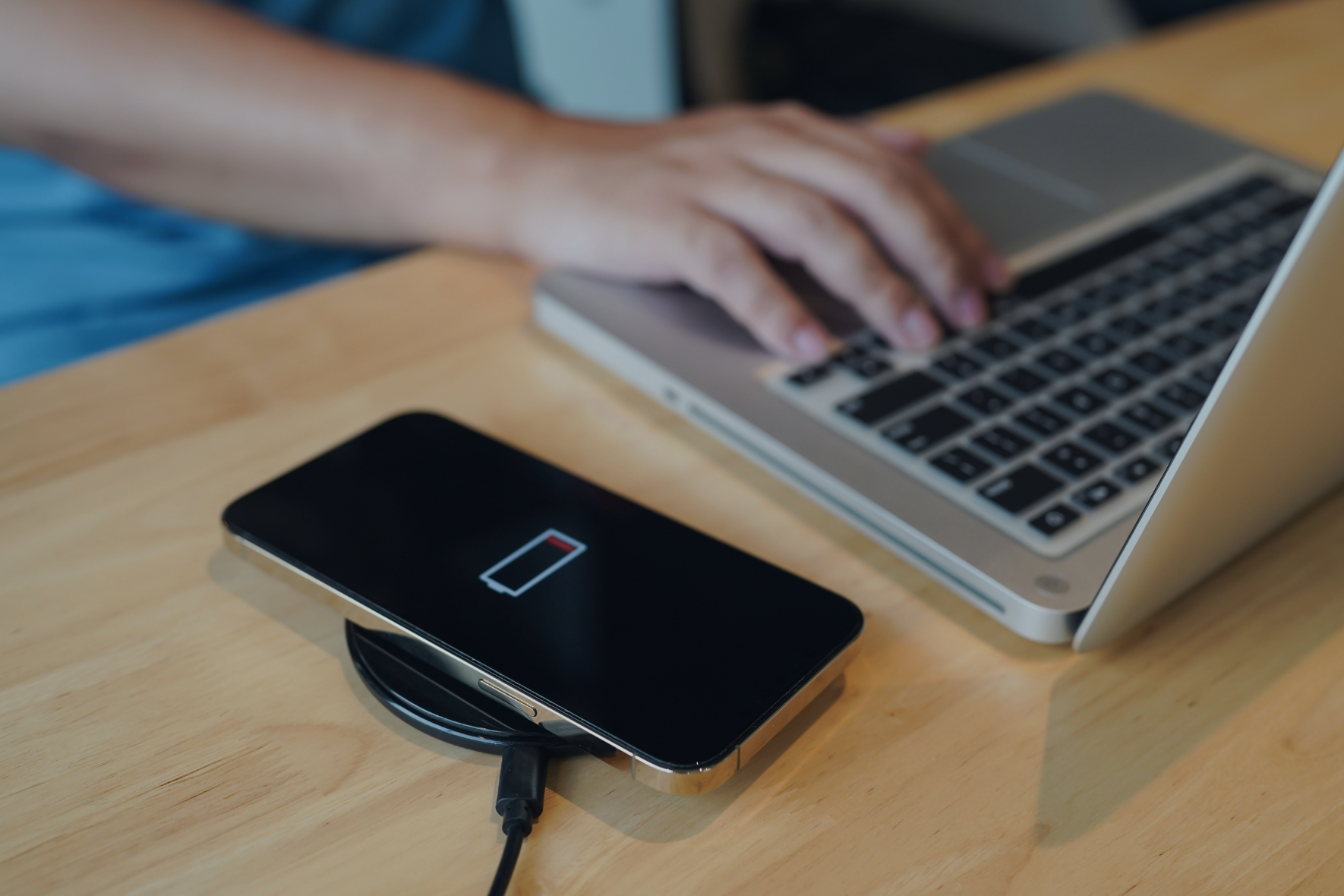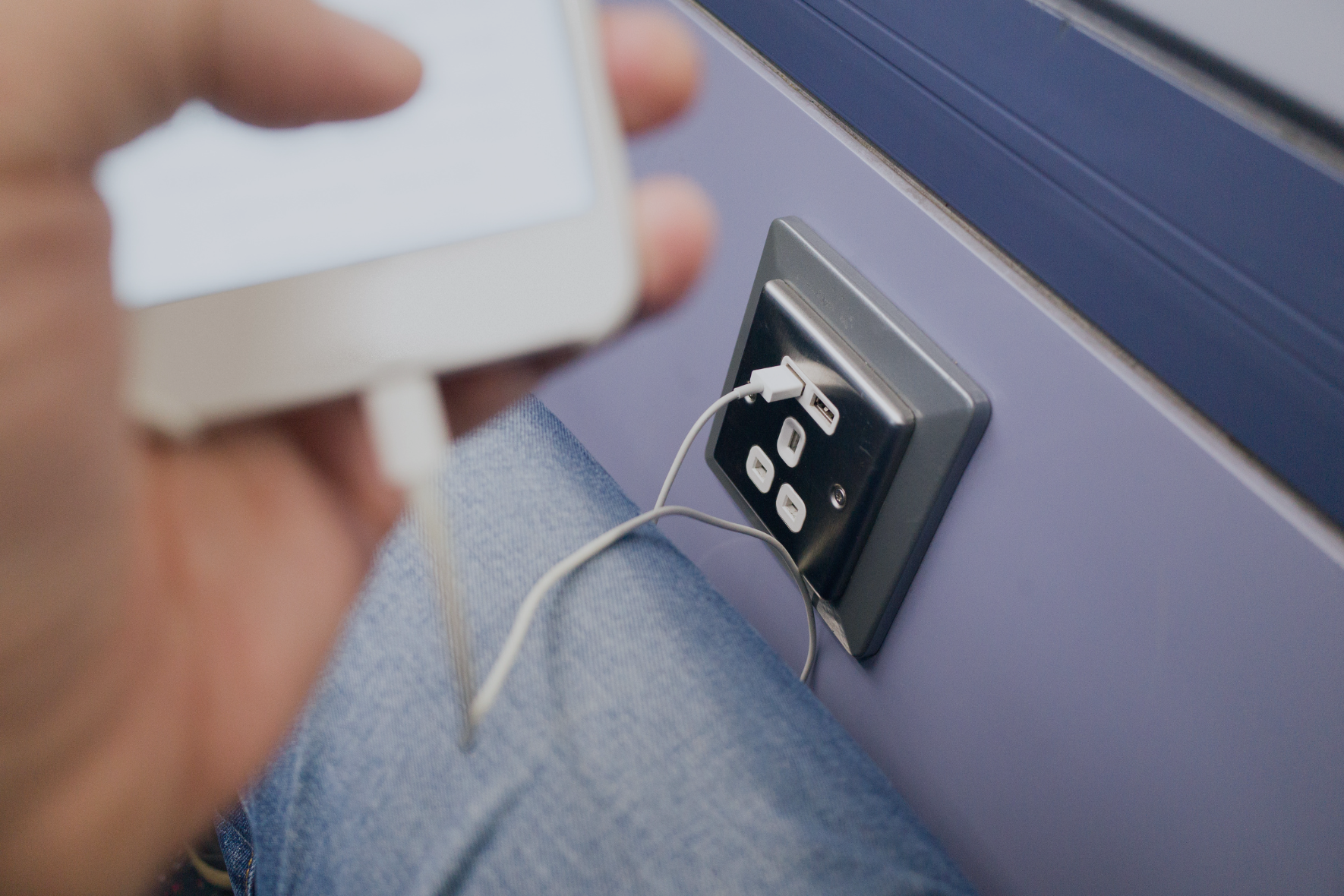Attention Frequent Travelers: Protect Your Devices While Charging On-the-Go!
The Hidden Dangers of Public Charging Stations
You’re at the airport, running low on battery, and spot a public charging station. Plugging in seems harmless—after all, your phone just needs a little juice before your next flight. But what if that convenient charging port is actually a gateway for hackers to infiltrate your device?
Public charging stations, especially those equipped with USB ports, can be a breeding ground for cyber threats. Hackers have developed sophisticated techniques to exploit these ports, gaining access to your personal data without you even realizing it.
Juice Jacking: The Cyber Threat You Can’t See
Not all charging stations are as innocent as they appear. Juice jacking is a growing cybercrime where hackers manipulate public USB ports to:
Once compromised, your device becomes an open book for cybercriminals, exposing everything from personal photos to banking details. The worst part? You won’t notice anything suspicious until it’s too late.
Real-World Cases of Juice Jacking
Security experts and government agencies, including the FBI and FCC, have issued warnings about juice jacking incidents at airports, hotels, and shopping malls. Cybercriminals can set up fake charging stations, disguising them as legitimate power sources while secretly harvesting data from unsuspecting users.
One alarming case involved travelers plugging into a public charging kiosk at a busy airport, only to later discover unauthorized transactions on their bank accounts. Their devices had been compromised through malware-laced USB ports, giving hackers remote access.
The Risks of Unknown Power Sources
Beyond juice jacking, public charging stations come with other risks. When you connect your phone to an unfamiliar USB port, you relinquish control over what happens next. Unlike traditional electrical outlets, USB ports can facilitate both power and data transfer—meaning your phone could be communicating with an unknown device without your permission.
Why Your Data is at Risk
Even if a public charging station isn’t compromised, third-party accessories can still pose a threat. Some charging stations use cables and adapters that could be programmed to:
What About Wireless Charging?
You might assume that using a wireless charging pad is safer, but not all wireless chargers are created equal. Cybercriminals have been known to modify charging pads with embedded chips that can extract data from compatible devices. While this method is less common than juice jacking, it’s still a security risk savvy travelers should be aware of.

Safe Charging Solutions for Travelers
When your phone battery is dwindling and you’re miles away from home, it’s tempting to plug into the nearest charging station. But as we’ve uncovered, public USB ports can be a digital minefield, riddled with unseen cyber threats. Instead of taking risks, arm yourself with secure charging solutions that keep your data and devices safe.
Use a Power Bank: Your Best Defense Against Juice Jacking
If you travel often, a high-capacity power bank is one of the smartest investments you can make. Unlike public charging stations, a personal power bank gives you full control over your energy source, eliminating the risk of malware-laced USB ports.
Choose a model with fast-charging capabilities and enough battery life to keep your devices powered throughout the day. Some advanced power banks even feature multiple output ports, allowing you to charge a phone, tablet, and laptop simultaneously. No more hunting for questionable charging stations—your own backup power is just a cable away.
Opt for a Data-Blocking USB Adapter
If you must use a public charging station, a data-blocking USB adapter is a must-have. Also known as a USB condom, this small but powerful device acts as a barrier between your phone and the charging port, allowing only power to flow through—not data.
These adapters work by disabling the data transfer pins within the USB connection, effectively cutting off any potential access to your device. It’s a simple, inexpensive tool that adds a vital layer of protection when you’re on the go. Think of it as a firewall for your phone—one that prevents hackers from sneaking into your system while you charge.
Rely on Your Own Charger and Cable
Not all charging cables are created equal. Some are designed to do more than just power your device—they can also transmit data, which makes them a potential security risk if tampered with. Cybercriminals have been known to modify cables to inject malware or siphon information from unsuspecting users.
The safest approach? Always carry your own charger and cable. Plugging directly into a wall outlet with an AC adapter eliminates the risk of compromised USB ports, keeping your data safe while you recharge. If you frequently travel abroad, consider a universal travel adapter with built-in surge protection to safeguard your devices from power fluctuations.
By adopting these smart charging habits, you can stay powered up without putting your personal data in jeopardy. Convenience should never come at the cost of security—especially when protecting your devices is as simple as bringing the right tools with you.

Attention Frequent Travelers: Protect Your Devices While Charging On-the-Go!
Cybersecurity Tips for Charging On-the-Go
Even with the right tools, staying vigilant is key to keeping your devices safe while traveling. Hackers evolve, and so should your security habits. Beyond using a power bank or a data-blocking USB adapter, a few extra precautions can help lock down your personal information and keep cybercriminals at bay.
Turn Off Your Device While Charging in Public
One of the simplest yet most effective ways to prevent unauthorized data access is to power down your device while charging. When your phone, tablet, or laptop is completely off, it significantly reduces the risk of data extraction—even if you’re using an unsecured charging port.
Cybercriminals rely on your device being in an active state to execute data transfers or malware injections. A powered-off device can’t be accessed, manipulated, or exploited. It’s an easy step, but one that adds an extra layer of security when you have no choice but to use a public charging station.
Enable Charging-Only Mode on Your Device
If turning off your phone isn’t an option, the next best defense is to activate charging-only mode. Many smartphones and tablets allow you to disable data transfer when plugged into a USB connection.
For Android users, when you plug your device into a USB port, a pop-up menu often appears asking if you want to transfer files, charge only, or use another function. Always select ‘Charge Only’ to block any potential data leaks.
iPhone users don’t have a direct charging-only mode, but using a Lightning-to-AC adapter (plugging into a wall outlet) eliminates data risks altogether. Additionally, enabling USB Restricted Mode in the settings prevents unauthorized access when your device is locked.
Keep Your Software Updated
Outdated software is a hacker’s best friend. Security patches are released regularly to combat newly discovered vulnerabilities, and failing to update your system leaves you exposed to known threats.
Before you embark on a trip, make sure your device’s operating system, apps, and security software are up to date. Updates often contain critical security enhancements that can protect you from cyberattacks, including those that exploit charging ports.
Consider enabling automatic updates so your device stays protected without manual intervention. A well-maintained system is much harder to crack.
By following these extra precautions, you can charge your devices with confidence—without exposing your sensitive data. Cyber threats may lurk in the most unexpected places, but with the right habits, you’ll stay ahead of them every time.
Stay Charged Without Compromising Security
Staying connected on the go shouldn’t come at the cost of your security. Public charging stations might be convenient, but they’re also a breeding ground for cyber threats. Juice jacking, data theft, and malware injection are real risks that travelers can no longer afford to ignore.
The good news? You don’t have to sacrifice convenience for safety. A few smart precautions—like carrying a power bank, using a data-blocking USB adapter, and relying on your own charger—can eliminate the need to plug into unknown ports. Turning off your device while charging or enabling charging-only mode adds another layer of defense. And keeping your software up to date ensures that even if a hacker tries, they’ll have a much harder time breaking in.
Technology has made travel easier, but it has also made security mistakes more costly. With cybercriminals constantly refining their tactics, it’s not just about staying powered up—it’s about staying protected. Charge smart. Charge safe. And never let convenience come before security.

